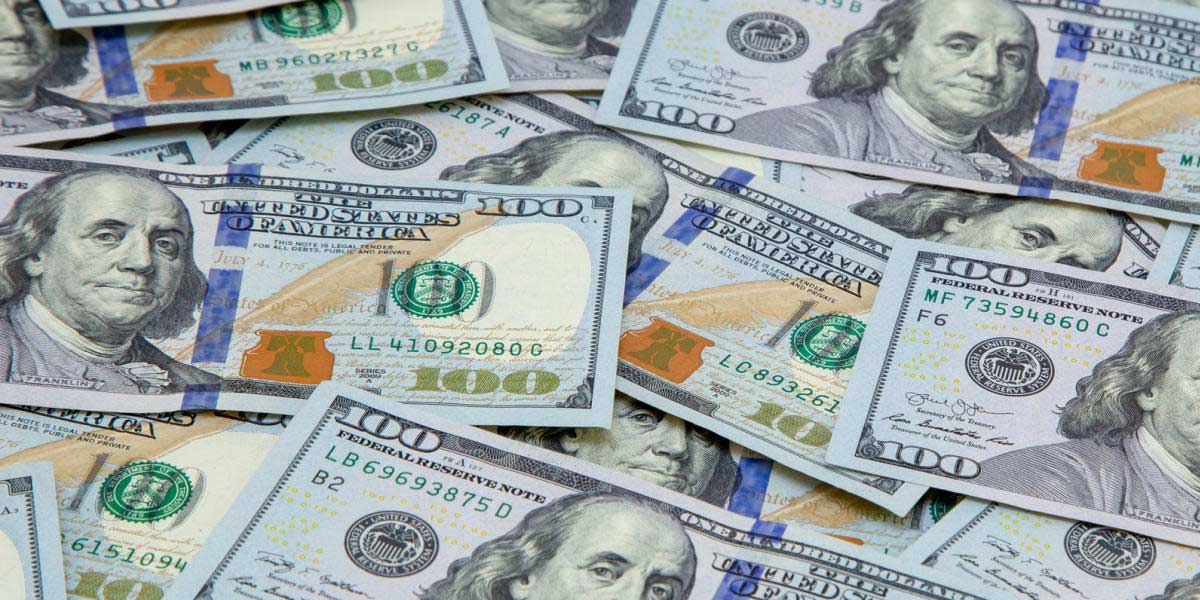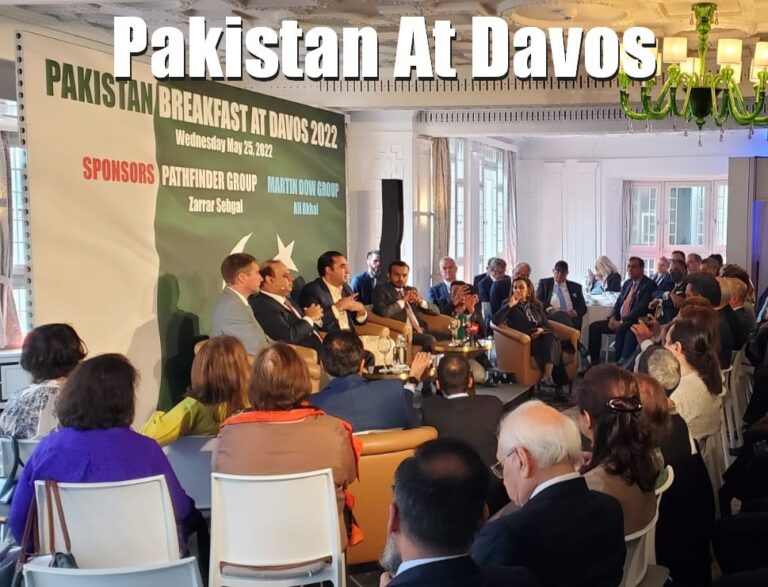Dollar Price and Pakistan Crisis
Prices play a crucial role in any economy as they serve as signals for both consumers and producers. Consumers rely on prices to make informed purchasing decisions, while producers use them to determine what to produce and where to invest. In Pakistan, the price of many goods is closely tied to the value of the US dollar, as the country imports a wide range of necessities including energy and pulses.
However, when the value of the dollar is distorted, it can have a ripple effect on prices throughout the economy. This was the case in Pakistan from 2014 to 2017, when the value of the dollar was fixed by the government under the leadership of Dar. This led to a distortion of prices for exporters, making them uncompetitive and causing exports as a percentage of GDP to plummet.
In addition, the distortion of the dollar’s value also led to inflated prices for key energy inputs, contributing to sky-high inflation. Today, similar issues are plaguing the Pakistani economy as economic actors struggle to accurately price their goods due to uncertain policy decisions. This lack of clarity makes it difficult for businesses to make investment decisions and for consumers to plan their spending.
Global creditors, who have historically bailed Pakistan out of economic crises, are growing tired of the country’s tactics and lack of credibility. To regain credibility and stability, Pakistan needs a more rational actor making economic policy decisions. However, as long as the current policy of fixing the Pakistani rupee continues, the distortion of prices is likely to only increase, creating a dangerous minefield for the country’s economy. The longer this situation persists, the more painful the outcome will be for Pakistan.






